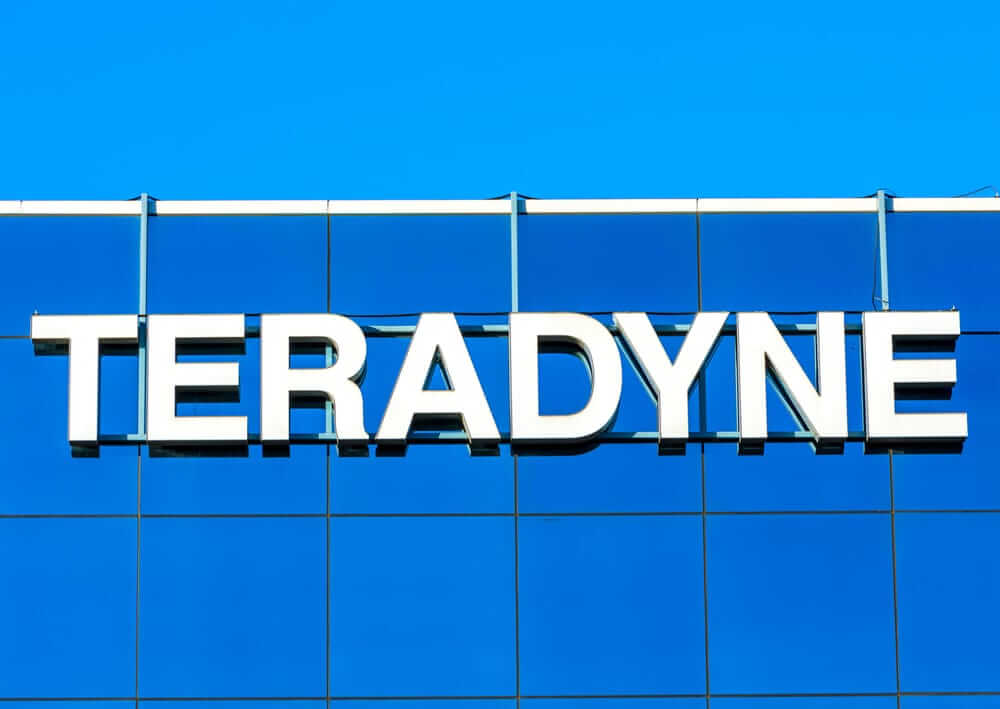Copyright Barchart

Teradyne, Inc. (TER), headquartered in North Reading, Massachusetts, is a leading designer and manufacturer of automated test equipment and robotics systems serving the semiconductor, industrial automation, and communications markets. The company has grown to support chip makers and electronics manufacturers worldwide. Teradyne’s market cap is around $29 billion. Shares of Teradyne have considerably outperformed the broader market. TER has gained 69.7% over the past 52 weeks, while the broader S&P 500 Index ($SPX) has gained 13.4%. Moreover, on a year-to-date (YTD) basis, the stock is up 46.9%, compared to SPX’s 14.3% return. Narrowing the focus, Teradyne has also outpaced the Technology Select Sector SPDR Fund’s (XLK) increase of 23.9% over the past 52 weeks and 24.4% YTD rise. The recent rise in Teradyne's shares is driven by growing investor enthusiasm around its positioning in key themes like artificial intelligence (AI)-chip testing, automation, and robotics. Analysts are increasingly seeing Teradyne as a beneficiary of the upsurge in demand for semiconductor test equipment and industrial robots tied to AI infrastructure, which has boosted its valuation narrative. For the current fiscal year, ending in December, analysts expect Teradyne’s EPS to rise 7.5% year over year to $3.46. The company’s earnings surprise history is promising. It topped the consensus estimates in each of the last four quarters. Among the 17 analysts covering the stock, the consensus rating is a “Moderate Buy,” which is based on 11 “Strong Buys,” one “Moderate Buy,” four “Holds,” and one “Strong Sell” rating. This configuration is more bullish than one month ago, when there were nine analysts suggesting a “Strong Buy” rating. Last month, UBS raised its price target on Teradyne to $200 from $165 while maintaining a “Buy” rating, citing strong guidance and growing demand for semiconductor testing. While the stock is trading above the mean price target of $176.13, the Street-high price target of $215 suggests an upside potential of 16.2%.



